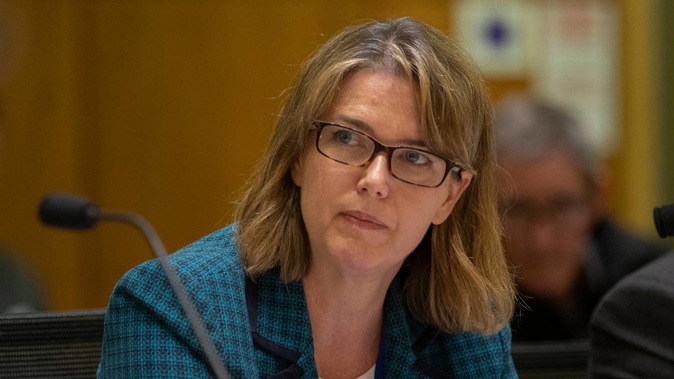
New Zealand Debt Management (NZDM) expects it will issue more debt than previously anticipated to help the Reserve Bank (RBNZ) unwind its quantitative easing programme, and the government cover for rising expenses.
NZDM, which is part of the Treasury, has increased its forecast bond issuance programme for the five years to June 2026 by $26 billion, to $110b.
The expansion of its last forecast, published in December, aligns with economists' expectations.
The increase will help NZDM spend $20b buying New Zealand Government Bonds from another arm of government – the RBNZ.
The RBNZ wants to shrink the size of its balance sheet, after buying $53b of New Zealand Government Bonds on the secondary market in 2020 and 2021 to put downward pressure on interest rates to stimulate the economy.
The RBNZ wants to clear the decks to make it easier for it to potentially use bond-buying, or quantitative easing, again in a future downturn.
So, NZDM is issuing more debt to cover the cost of buying the bonds from the RBNZ. The repurchased bonds will be retired.
The "pass-the-parcel" will directly cost the Crown. It will also see more debt sit on the balance sheets of investors, rather than the RBNZ.
The remaining $6b increase in forecast debt issuance in the five years to 2026 will go towards covering the cost of additional government expenditure.
Compared to when it last released economic forecasts in December, the Treasury expects the Government will increase its expenditure by more than it'll increase its tax take over the forecast period.
The Treasury attributed this rise in expenditure to "economic conditions (inflation, wage increases and interest rates) impacting on benefit expenses and finance costs".
Since December, the Government has also topped up its Covid-19 Response and Recovery Fund by $4.6b. No new funding will be put towards this fund looking ahead.
Coming together, the Treasury expects the Crown to post a $19b deficit in the year to June 2022. It foresees this deficit shrinking, before moving into surplus in 2025. At $2.6b, this surplus is expected to be more than half the size of the surplus forecast in December.
Changes in forecast revenue and expenditure need to be viewed in the context of the changing size of the economy.
Nominal gross domestic product (GDP) is expected to be a fraction higher over the forecast period than was expected in December.
However, net core Crown debt as a percentage of GDP is expected to be slightly higher. The Treasury expects it to come in at 37 per cent in the year to June, peak at 41 per cent in 2024, before falling to 32 per cent by 2026.
Looking at other key forecasts, the Treasury expects annual consumer price inflation to hit 6.7 per cent this year, before progressively falling back in the following years. It only gets within the RBNZ's target band of 1-3 per cent by 2025.
The unemployment rate is expected to rise from the very low level it's at. The Treasury forecasts it coming in at 3.1 per cent this year, rising to 4.8 per cent by 2025.
Finally, the Treasury doesn't see the housing market cooling by as much as some economists do.
It forecasts prices rising 5.8 per cent in the year to June 2022, falling 2.5 per cent in 2023 and remaining relatively flat thereafter.
Take your Radio, Podcasts and Music with you









